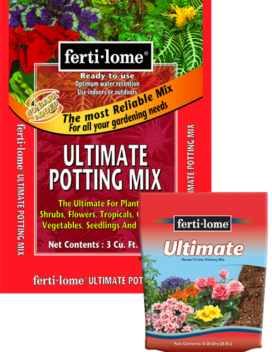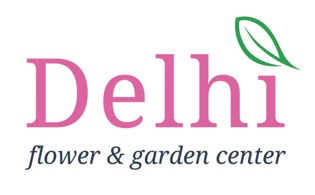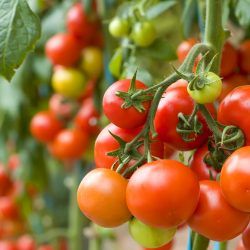Re-Homing Your Crowded Houseplants
Some plants are content to remain in the same pot for several years. Other plants require repotting on a yearly basis. The best time for repotting is in late winter/early spring so actively growing roots will have enough time to grow into the new potting mix.
 Things to consider when determining if your plant needs repotting.
Things to consider when determining if your plant needs repotting.
• Are roots growing through the drainage holes of the container?
• Has foliage or stems either stopped growing or growth has slowed even in the spring and summer months?
• Does the potting mix dry out quicker than usual, even during cooler months?
If you have answered yes to any of these questions you will want to examine the plants roots. Since the ball and roots will remove more easily from the container when they are moist, it is recommended to water the plant 24 hours before removing it.
Choose a potting mix that is made for potted plants. We recommend Fertilome Ultimate Potting Mix, an excellent all-purpose performer. Using garden soil with potted plants could lead to disease or pest problems.
To remove the plant from the pot, lay the plant on its side and gently tap the pot. Rotate the pot and repeat until you can easily slip the root ball out. If the roots are circling around the root ball, or are so dense it is difficult to see the potting mix in the bottom 1/3 of the root ball, you should repot your plant. If you find the roots still have space, and are happy with the size of your plant, the plant can remain in its current pot. You will want to remove some outer sections of plant roots, and any roots that are circling the root ball. Return the root ball to the container at the same depth it had been at and add fresh potting mix. You can then cut back some of the plants top growth. Re potting will aid in increasing plant growth.
When choosing a new pot, you’ll want to only increase the size of pot by one size. The top diameter should measure 1 to 2 inches larger than the old pot. Make sure there are drainage holes. Place a few clean pieces of clay chips over the hole. This allows excess water to drain out the hole, but prevents potting mix from doing so. If you choose to display your plant in a container with no drainage holes (sometimes called a cachepot), pot the plant in a container with drainage holes and set that container inside the decorative planter. If this method is not desirable, you can add a few inches of rock, or pieces of clean clay chips to the bottom of a container to assist drainage.
The root ball should be set in the new pot at the same depth it had been growing in the old pot. Keep this in mind as you fill your new container with potting mix and gently tamp down. Set the plant in the pot. Adjust the mix as necessary to keep the correct depth. Fill mix in around the sides of the root ball, firming as you go. Leave an inch of space between the top of the container and the top of potting mix to allow for watering.




